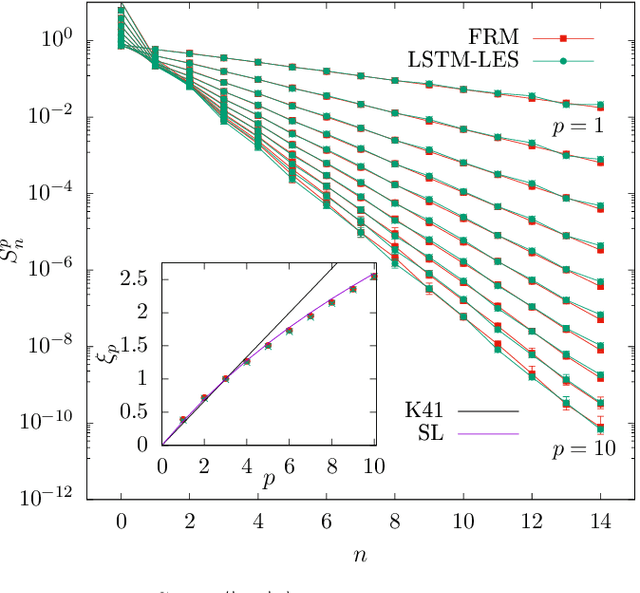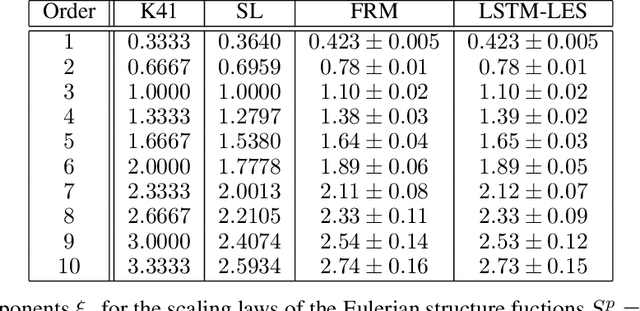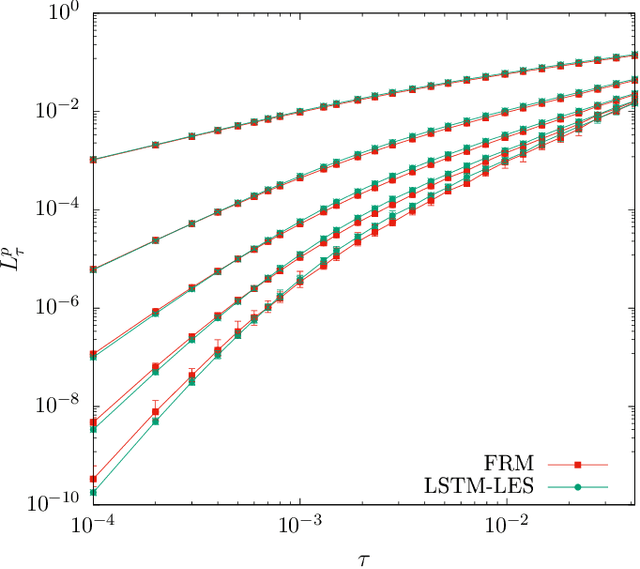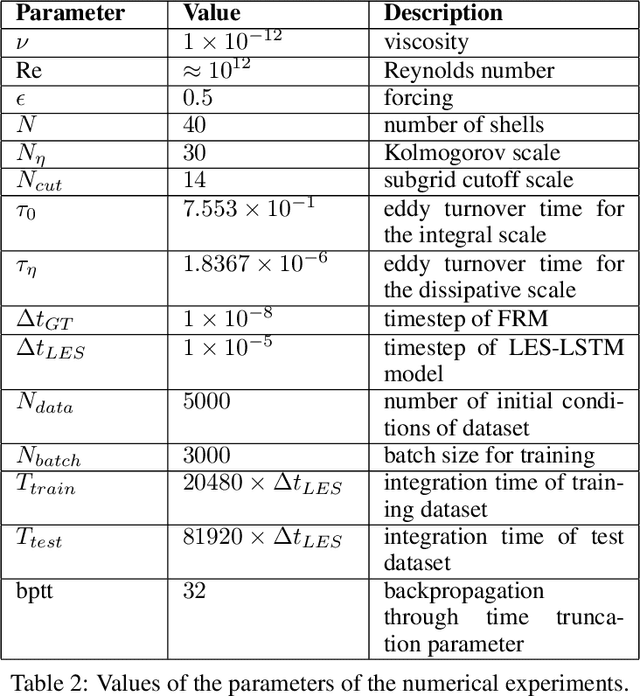Giulio Ortali
Enhancing lattice kinetic schemes for fluid dynamics with Lattice-Equivariant Neural Networks
May 22, 2024Abstract:We present a new class of equivariant neural networks, hereby dubbed Lattice-Equivariant Neural Networks (LENNs), designed to satisfy local symmetries of a lattice structure. Our approach develops within a recently introduced framework aimed at learning neural network-based surrogate models Lattice Boltzmann collision operators. Whenever neural networks are employed to model physical systems, respecting symmetries and equivariance properties has been shown to be key for accuracy, numerical stability, and performance. Here, hinging on ideas from group representation theory, we define trainable layers whose algebraic structure is equivariant with respect to the symmetries of the lattice cell. Our method naturally allows for efficient implementations, both in terms of memory usage and computational costs, supporting scalable training/testing for lattices in two spatial dimensions and higher, as the size of symmetry group grows. We validate and test our approach considering 2D and 3D flowing dynamics, both in laminar and turbulent regimes. We compare with group averaged-based symmetric networks and with plain, non-symmetric, networks, showing how our approach unlocks the (a-posteriori) accuracy and training stability of the former models, and the train/inference speed of the latter networks (LENNs are about one order of magnitude faster than group-averaged networks in 3D). Our work opens towards practical utilization of machine learning-augmented Lattice Boltzmann CFD in real-world simulations.
Towards a Numerical Proof of Turbulence Closure
Feb 18, 2022



Abstract:The development of turbulence closure models, parametrizing the influence of small non-resolved scales on the dynamics of large resolved ones, is an outstanding theoretical challenge with vast applicative relevance. We present a closure, based on deep recurrent neural networks, that quantitatively reproduces, within statistical errors, Eulerian and Lagrangian structure functions and the intermittent statistics of the energy cascade, including those of subgrid fluxes. To achieve high-order statistical accuracy, and thus a stringent statistical test, we employ shell models of turbulence. Our results encourage the development of similar approaches for 3D Navier-Stokes turbulence.
 Add to Chrome
Add to Chrome Add to Firefox
Add to Firefox Add to Edge
Add to Edge